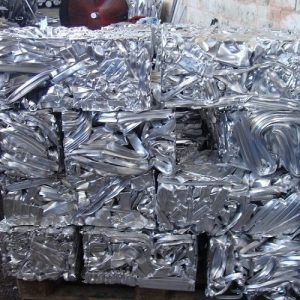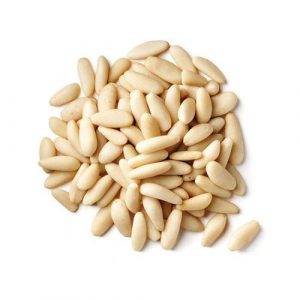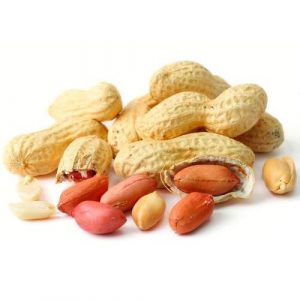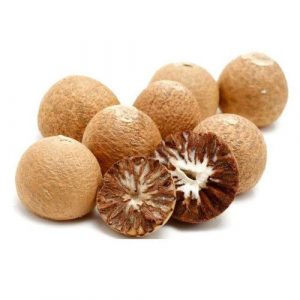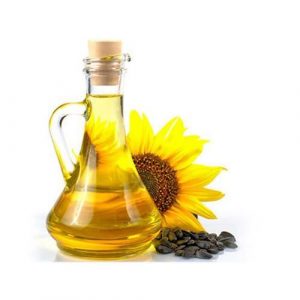-
Aluminum Scrap
Aluminum scrap
Aluminum scrap is often categorized as “new scrap” from production processes and “old scrap” from post consumer use. The second most abundant metallic element in the Earth’s crust after silicon, aluminum is a comparatively new industrial metal, which has been produced for commercial uses for just over 100 years. The metal weighs about 1/3rd as much as copper or steel, is malleable, ductile, has excellent corrosion resistance and durability and can be easily machined and cast. Measured either in value or quantity, the use of aluminum exceeds that of any other metal except iron, and it has proved to be important in virtually all the segments of the global economy. Some of the important uses of aluminum metal include transportation (airplanes, trucks, rail cars, marine vessels, etc.), packaging (cans, foil, etc.), consumer durables (appliances, cooking utensils, etc.), construction (windows, doors, siding, etc), electrical transmission lines, machinery, and several other applications.
-
Pistachios
Pistachios
Pistachio, Pistacia vera, is a deciduous tree in the family Anacardiaceae grown for its edible seeds (nuts). Pistachio is a small to medium sized tree with a branching main stem (trunk) and a spreading growth habit. The leaves of the pistachio are pinnate and composed of five individual oval leaflets. Male and female inflorescences are produced on different trees (dioeceous).The flowers are small, brownish-green in color and lack petals. They are produced on panicles, each possessing several hundred flowers. The fruit of the tree is a drupe with an oblong kernel covered with a thin, bony shell. The shell splits along its long axes when mature. Pistachio trees can reach up to 20 ft (65.6 ft) in the wild but are generally smaller under cultivation.
The pistachio nut is a dry fruit of small size, lengthy, with a hard, thin and clear brown shell. The edible part is yellowish green and tender.
They are used in foodstuff products and also in cosmetics, for which there is a great demand.
-
Pine Nuts
Pine Nuts
Pine nuts are small, elongated ivory-colored seeds measuring about 1/2 inch long. When raw, the seeds have a soft texture and a sweet, buttery flavor. They are often lightly toasted to bring out the flavor and to add a little crunch.
-
Pecan Nuts
Pecan Nuts
Pecan nuts are mainly used as appetizers and additions to salads, cakes, candies, and cookies or as emergency rations for persons expending great amounts of energy, rather than a basic diet.
Pecan kernels are nutritious and a good source of energy and vitamins. Defatted kernel powder is useful as a dietary supplement as it contains all the essential amino acids and significant amounts of minerals and natural antioxidants like phenolic acids and tocopherols. The oil is used in cooking and salads and has good keeping qualities. Pecan kernels are a good source of energy and provide about 2891 kJ 100 g−1. -
Peanut Groundnut
Peanut Groundnut
These are one of the largest varieties of peanuts available. In shell jumbo raw peanuts are ideal for those who like to eat them unroasted. You can also cook them to your own taste. Our peanuts are a healthy treat that is high in protein, fiber, and heart-healthy nutrients.
-
Chickpeas
Chickpeas
Chickpeas mashed to a paste with lemon juice, olive oil, and sesame paste—is widely eaten as a sauce and dip for bread. Mashed cooked chickpeas are formed into small flat cakes or balls and fried for falafel, a popular Middle Eastern dish. In southern Europe and Latin America, chickpeas are a common ingredient in soups, salads, and stews. A kind of meal or flour is also made from chickpeas and can be used to make a flatbread known as socca or mixed with wheat or other flours for baking.
-
Cashew Nuts
Cashew Nuts
Our raw cashews are ready to supercharge your day as a standalone snack! Cashews have a mild nutty taste that is delicious all on its own, or atop salads and Asian-inspired rice dishes and curries. Blend cashews with a zip of pressed oil to create a homemade raw cashew butter.
Raw cashews are a satisfying and nutritious snack. These nuts are high in protein, fiber and healthy fats. We love adding these tasty raw cashews to rice dishes and curries for an extra bite of protein and flavor. They are unsalted, huge and delicious for snacking or cooking. -
Betel Nuts
Betel nut
Betel nut is the nut that comes from a plant called Areca. It is sometimes used to make medicine. Betel nut is chewed alone or in the form of quids, a mixture of tobacco, powdered or sliced betel nut, and other ingredients.
-
Almond Nuts
Almond Nut
The almond is the edible kernel of the fruit of the sweet almond tree. It is a bright white fruti and wrapped in a reddish brown cover.
It is consumed as dry fruit, fried and/or salted. Some well-known products, such as nougat and marzipan, are made of almonds.
-
Walnut
Walnut
The nut is the fruit of the walnut, of rounded or ovoid shape, with a hard wrinkled shell of a reddish-brown colour. The edible part inside it has a particular sweet taste. In the market there are unshelled nuts, cut up or ground; there are also several products processed from them. -
Sunflower Oil
Sunflower Oil
Sunflower oil is made by pressing the seeds of the sunflower plant. It’s often touted as a healthy oil, as it contains unsaturated fats that may benefit heart health. However, any potential benefits of sunflower oil depend on the type and nutrient composition.
-
Soybean Oil
Soybean Oil
Soybean oil is a vegetable oil that’s extracted from the seeds of the soybean plant.
It’s also incredibly versatile and can be used in a variety of cooking methods, including:
frying
baking
roasting
Soybean oil has a relatively high smoke point, which makes it a good option for high-heat cooking. It mostly consists of polyunsaturated fats, which are linked to lower cholesterol levels and a reduced risk of heart disease.Soybean oil is rich in vitamin K, which may help maintain bone strength and reduce the risk of fractures. One animal study also found that the oil may help prevent bone loss. It contains omega-3 fatty acids, which play a key role in promoting health and preventing chronic disease.
Soybean oil is rich in vitamin E, a nutrient that can help promote skin health. Applying it topically may protect against inflammation and help the skin retain moisture. It can also be applied to the hair and skin or combined with essential oils
